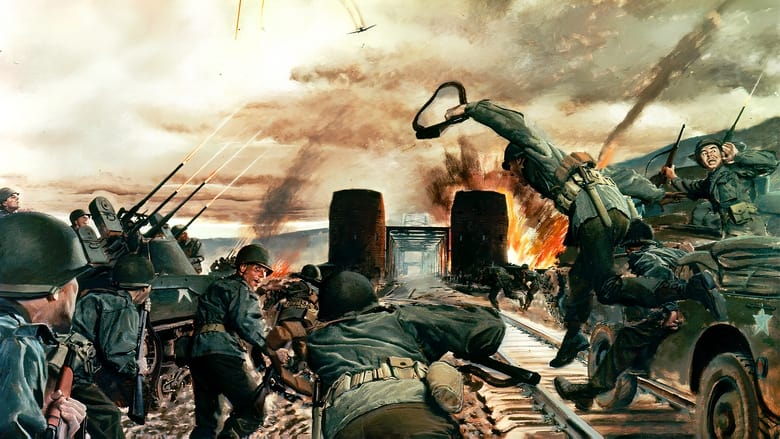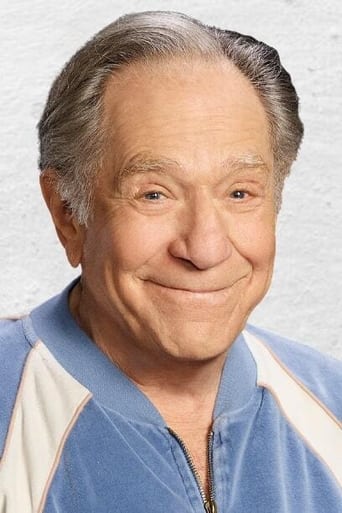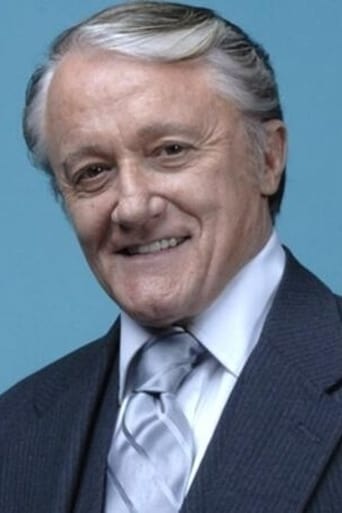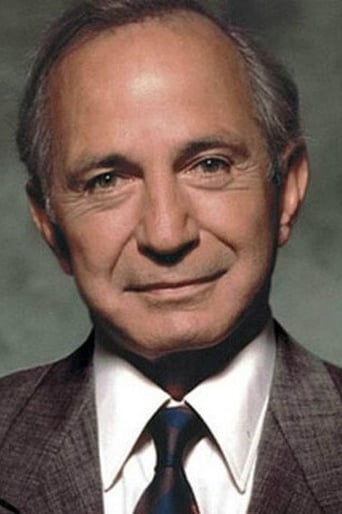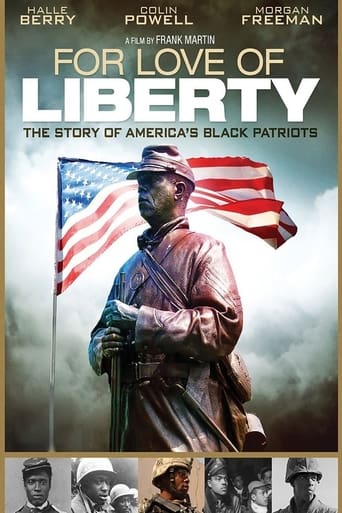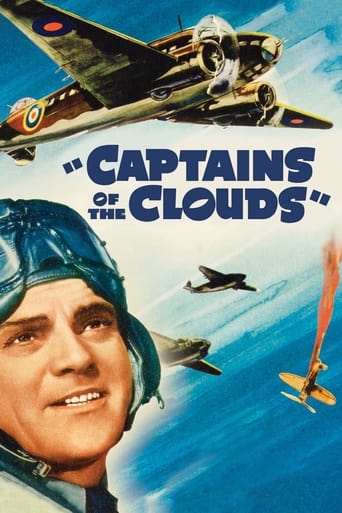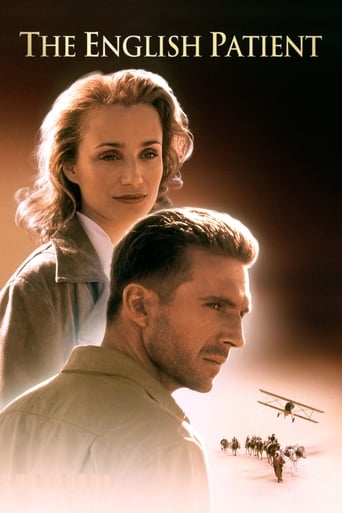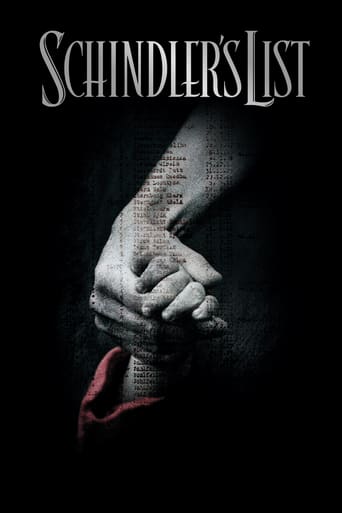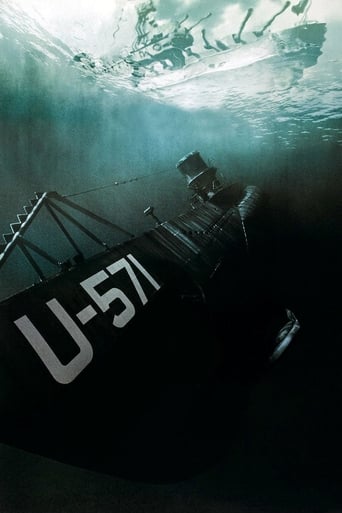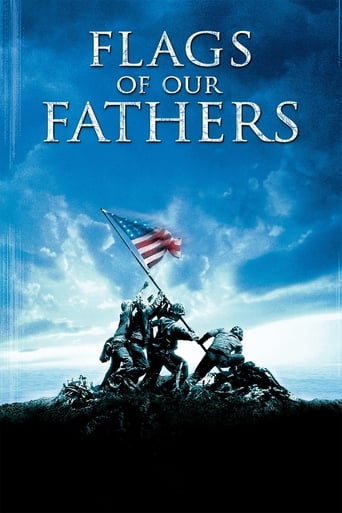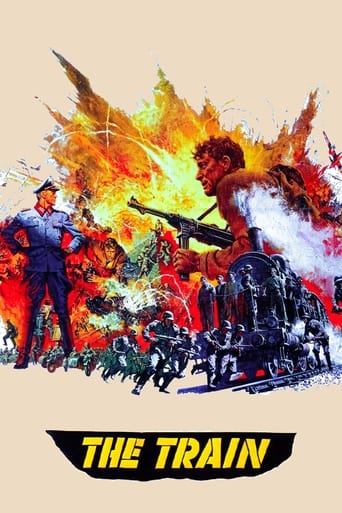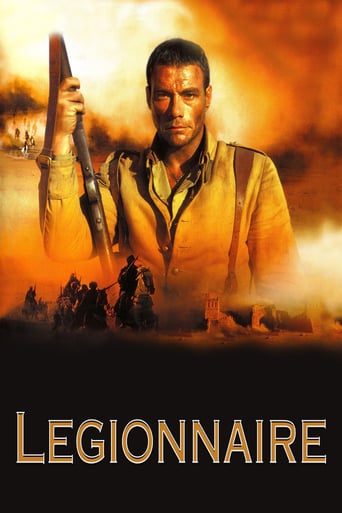The Bridge at Remagen (1969)
In March of 1945, as the War in Europe is coming to a close, fighting erupts between German and American troops at the last remaining bridgehead across the Rhine.
Watch Trailer
Cast


Similar titles
Reviews
John Guillermin directs another all-star cast in this big budget WW2 adventure about the desperate attempts to take a bridge that provides crucial access across the Rhine into Nazi Germany. The story is set in the dying days of the war and the desperation of the men involved on both sides is more than apparent thanks to the realism of the script, which has a certain darkness to it which works well.THE BRIDGE AT REMAGEN carefully tells the story of this battle from both sides, although I found the German characters to be better written and more realistic than their American counterparts. Of the US troops, George Segal is saddled with a dullish character, although Bradford Dillman is better as the prissy major. The Nazi characters are well drawn and the best of the bunch is Robert Vaughn. He's not the first actor I would have chosen to play a Nazi but he does surprisingly well cast against type and brings plenty to this multi-layered character. The action is realistic and sufficiently thrilling to make THE BRIDGE AT REMAGEN worth a watch.
"Blue Max" director John Guillermin's military action thriller "The Bridge at Remagen," with George Segal, Robert Vaughn, and Ben Gazzara, ranks at a good World War II movie. Clearly from the attitude of the U.S. Army soldiers—not their pompous superiors—these G.I. Joes see combat as a dirty business that you can get you killed. No doubt, the disillusion that most Americans had with Vietnam had tainted the storytelling. The Richard Yates & William Roberts screenplay has U.S. Brig. Gen. Shinner (E.G. Marshall) sending soldiers from Major Barnes' command (Bradford Dillman) into "Indian country" to capture 50-thousand German soldiers. Guillermin's movie shifts back and forth between the U.S. Army—the Brits and French have nothing to do with what being blown up or shot at here—the German Army. The German General Staff wants General Von Brock (Peter van Eyck of "Shakalo") to destroy the bridge so the Americans will not have a highway into the Third Reich. Naturally, Von Brock is horrified at the cost; 75-thousand German soldiers will be trapped behind the lines. Von Brock balks at the order and now must sign it to assure that he will carry it out. Von Brock assigns the inevitable task to destroying the bridge to German Major Paul Kreuger (Robert Vaughn of "The Magnificent Seven"). Like most 1960's World War II film post-"The Young Lions," Kreuger is treated as a sympathetic character with a daunting task. Of course, history dictates that Kreuger will not be able to hold the bridge, so suspense is limited in most respects. Nevertheless, the logistics of the action scenes, a robust cast, Elmer Bernstein's atmospheric orchestral score, Stanley Cortez's crisp, wide-screen cinematography, and an anti-heroic tone make "The Bridge at Remagen" a movie worth watching. Segal's Lieutenant Phil Hartman is the kind of character that Tom Hanks might have played. Ben Gazzara's skulduggery as a souvenir collector strikes the right tone for the anti-war era during which the film was made. World War II fanatics may complain about the post-World War tanks that turn up here, too. The armored vehicles look like they are hauling butt a little too fast in the opening credits, but it creates momentum. The irony is what happens to the German Major. Although it has nowhere near the scale of "The Longest Day," "The Bridge at Remagen" is a must-see for World War II moviegoers.
Captivating cinematography with good digital transfer, strong cast, excellent acting, & tight script under able direction, all highlight 'The Bridge at Remagen' ('TBaR', 1969). Filmed in Czechoslovakia & Hamburg, Germany (the Ludendorf bridge over the Rhine at Remagen was under too much river traffic to be safely used), 'TBaR' is a gripping fictionalized account (dramatized & inaccurate) of the historical capturing of the Ludendorf bridge & full of intrigue & action. It has been documented that an American officer ('Lt Hartman' in the film) had grown up near Remagen and pushed for securing this particular bridge, while upper brass incorrectly believed no major roads existed in Remagen that would help the Allied march into Germany. In reality, the Ludendorf was taken without casualties (severe casualties were suffered in its defense). 'TBaR' is bested for grit & realism by later productions of 'Big Red One' (1980) & 'Saving Private Ryan' (1998), but 'TBaR' provides Allied & Axis perspectives, while touching on psychological & emotional toil that battle had on both combatants & civilians. Consistently suspenseful & dramatic throughout, 'TBaR' doesn't attempt to skirt fear & tension associated with war, & furthermore provides interesting views on WWII era military organizational structure without glorifying war. 'TBaR' isn't without editing & continuity flaws (overuse of same extras, boom mic appearance, Korean War-era armor, etc.); however, this film does successfully provide a strong narrative that addresses the various reasons that bridges became vital to both sides as Allies approached German soil. For similar themes consider: 'Bridge Too Far' (1977); 'The Longest Day' (1962); 'Kelly's Heroes' (1970); & 'Devil's Brigade' (1968). Also consider: 'Iron Cross' (1977); 'Battle of the Bulge' (1965); 'I Was Nineteen' (1968); 'Guns of Navarone' (1961); 'Ballad of a Soldier' (1959); 'Walk in the Sun' (1945); 'The Dawns Here Are Quiet' (1972); & 'Anzio' (1968).
In March 1945, during the Allies' final advance into Germany, the U.S. 9th Armored Division succeeded in capturing the Ludendorff Bridge in the Rhineland town of Remagen. This was an important event because it was the only significant bridge still standing over the Rhine, and its capture meant that the U.S. Army could cross it immediately with heavy tanks, artillery pieces and supply trucks, thus establishing a bridgehead on the eastern bank of the river without the need for an amphibious crossing. "The Bridge at Remagen" tells a fictionalised version of these events. Virtually all war films made during World War II itself, and most of those made during the following decades, took a strongly patriotic approach, with the heroic Americans or British putting the villainous Axis forces to flight. There were, however, a few which took a more objective, nuanced look at the war. "Bridge on the River Kwai" and "Ice Cold in Alex" are two fine examples which come to mind, and this film is another. The three main characters on the American side are Major Barnes, Lieutenant Hartman and Sergeant Angelo, generally known as "Angel". Barnes is an aggressive, gung-ho officer, determined to capture the bridge at all costs, although he is motivated less by belief in the Allied cause than by a desire to further his own military career by impressing his superiors. Hartman, by contrast, is becoming disillusioned and weary of the war; his main motivation is to get home alive along with as many of his men as possible. He has reluctantly been promoted to company commander following the death of his more reckless predecessor. He despises Barnes whom he sees as putting his own interests before the lives of the men under his command. Angel also, at first, seems like a man who puts his own interests before all else, in his case by trying to make a profit out of anything he can steal. Early in the film we see him picking the pockets of a corpse, much to Hartman's disgust. Later on, however, Angel is humanised by his exposure to the darker side of war, especially after he is forced to shoot a German civilian who has opened fire on his unit, only to find that he has killed a teenage boy. The main character on the German side is Major Paul Krüger, the officer charged with defending the bridge. Krüger is not portrayed as a stereotypical Nazi but as an honourable Wehrmacht officer with a strong sense of duty. He is, however, confronted with two difficulties. The first is that he has been given two sets of mutually contradictory orders. The German High Command, on Hitler's instructions, has commanded that all bridges across the Rhine should be destroyed, but Krüger's immediate superior, General von Brock, has ordered him to hold the Remagen Bridge for as long as possible to enable the German 15th Army, trapped on the west bank of the river, to escape. His second difficulty is that he has been allocated insufficient troops to do the job. Unlike many war films, this is not a simple tale of the triumph of American heroism over Nazi villainy, but rather a psychological study of men at war. It features a number of very convincing performances, especially from George Segal as Hartman, Ben Gazzara as Angel and Robert Vaughn as Krüger. Hartman and Krüger may be on different sides, but both are shown as fundamentally decent, if flawed, characters. We do see evidence of German brutality and treachery, but against this must be set Barnes's callous disregard of the human cost of his actions and a scene where American planes strafe unarmed German civilians trying to flee across the bridge. It is not an anti-war film in the way in which, say, "Catch-22" or "Oh! What a Lovely War" are anti-war, but it can be seen as an anti-heroic war film, with no attempt to paint one side as wholly good or the other as wholly evil. In place of glory or heroics it shows us ordinary people, both soldiers and civilians, trying to survive the war with their lives, or their honour, intact. Director John Guillermin made some other good war films, including "I Was Monty's Double" and "The Blue Max", which also showed some of its German characters in a sympathetic light, but "The Bridge at Remagen" is the best of his which I have seen. 8/10


